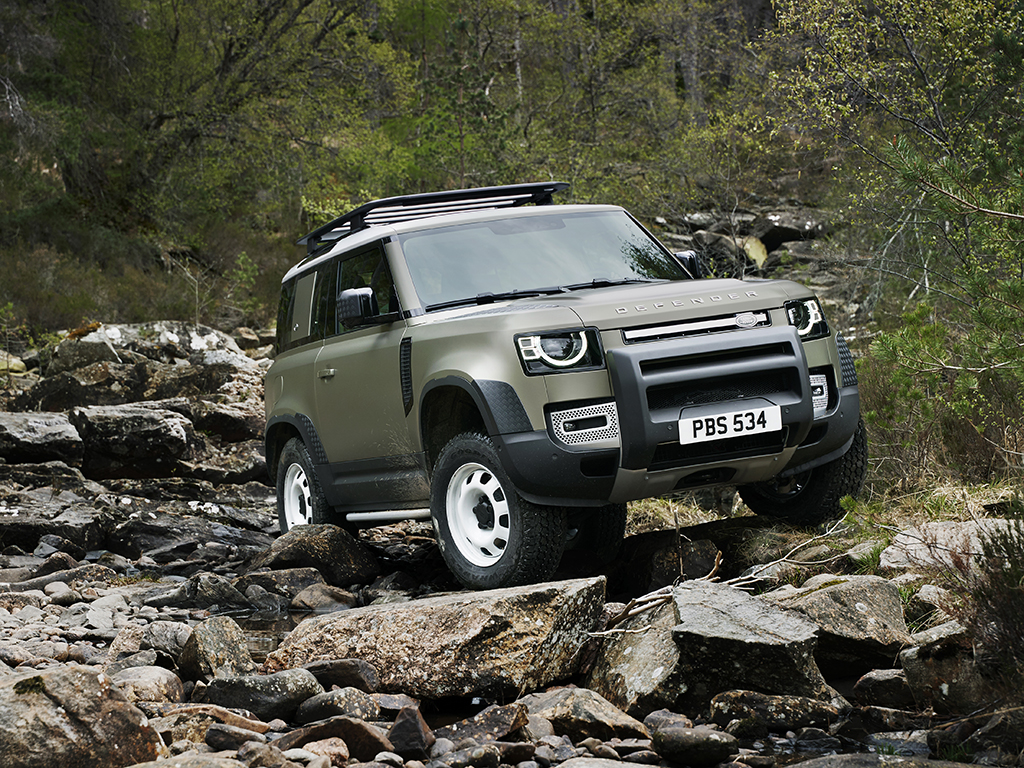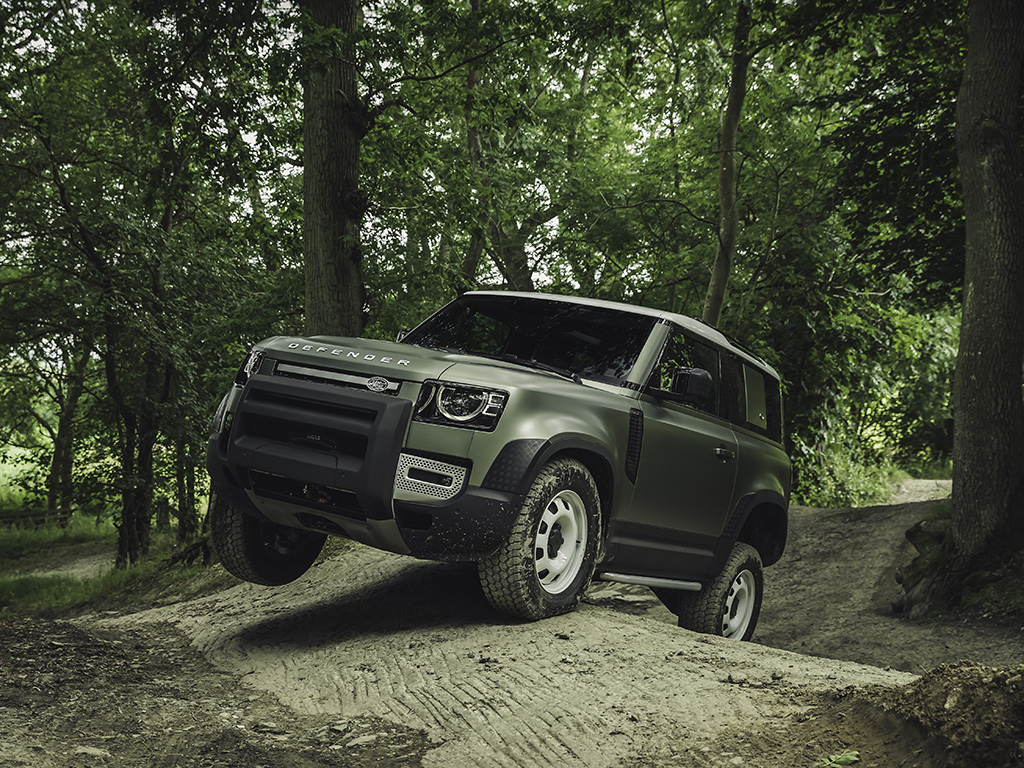New Land Rover Defender finally breaks cover
Land Rover has finally pulled the covers off its much anticipated Defender, revealing classic 90 and 110 bodies, a raft of updated infotainment that will enhance other models too, and the promise of functional versatility both on- and off-road.
- Land Rover Defender
- Land Rover Defender
- Land Rover Defender
First up, there’ll be two new models with familiar names – 90 and 110 – that offer three- and five-door body styles respectively, the latter providing seating for 5+2. However, initially Land Rover will release the 110 only, followed later by the 90 as well as confirmed commercial models that’ll most likely see the rear-most windows blacked out to form a van-like back.
True to the original, off-road ability and strength have been high on the priority list for Land Rover, which has ensured the new D7x architecture is as much as three times stiffer than a typical body-on-frame, according to firm. It’s also capable of towing a maximum 3,500kg (braked trailer) just as the previous version could and wading at depths up to 0.9m thanks to its high-mounted side air intake. There’s also a payload of 900kg and a maximum static roof load of a further 300kg, making the new Defender something of a pack mule.
Short overhangs at both front and rear also allow for steep approach angles with 38º at the front and 40º at the rearm while the rampover angle is 28º. Physical attributes for off-roading are one thing, but Land Rover has accentuated the package with its latest Terrain Response 2 and a configurable off-road setting.
Engine options include the 2.0-litre diesel, as well as petrol options, all of which are listed as Euro 6d on the spec sheet, meaning they should avoid the current 4% BiK surcharge on diesel in the UK. Furthermore, mild hybrid and plug-in hybrid powertrains are confirmed as joining the line-up in due course.
Fuel economy and CO2 emissions data has already been revealed too, with the Defender 110 offering 199g/km CO2 (NEDC Correlated) from both its diesel powertrains (200 or 240hp) with fuel consumption of around 8.9-9.6l/100km (WLTP and spec dependent). Meanwhile, the petrol engines offer more power (300 or 400hp) and consequently more speed with acceleration from 0-100km/h as quick as 6.1 seconds in top-spec guise, while CO2 emissions range from 220-228g/km and fuel economy ranges from 12.5-11.2l/100km.. All powertrain options so far come with a standard eight-speed automatic box and interestingly, as a sign of the times there’s no manual option.
There’ll be four packs to choose from – Explorer, Adventure, Country and Urban – that add neat styling and practical touches, such as exterior-mounted luggage. These can be added to with a lengthy 170 individual accessories to pick from.
Inside, Land Rover has done a fine job of blending solid and rugged design with thoughtful touches, such as seat backs that double-up as tables, while embracing technology to aid its haloed off-roader include equipping it with surround cameras that even allow for views ‘through the bonnet’ to view, for example to see rocks when driving off-road. The car also pioneers a freshly redesigned Pivi Pro infotainment system that’s aimed to be more intuitive than the existing system and sports a slick new user interface and features.




